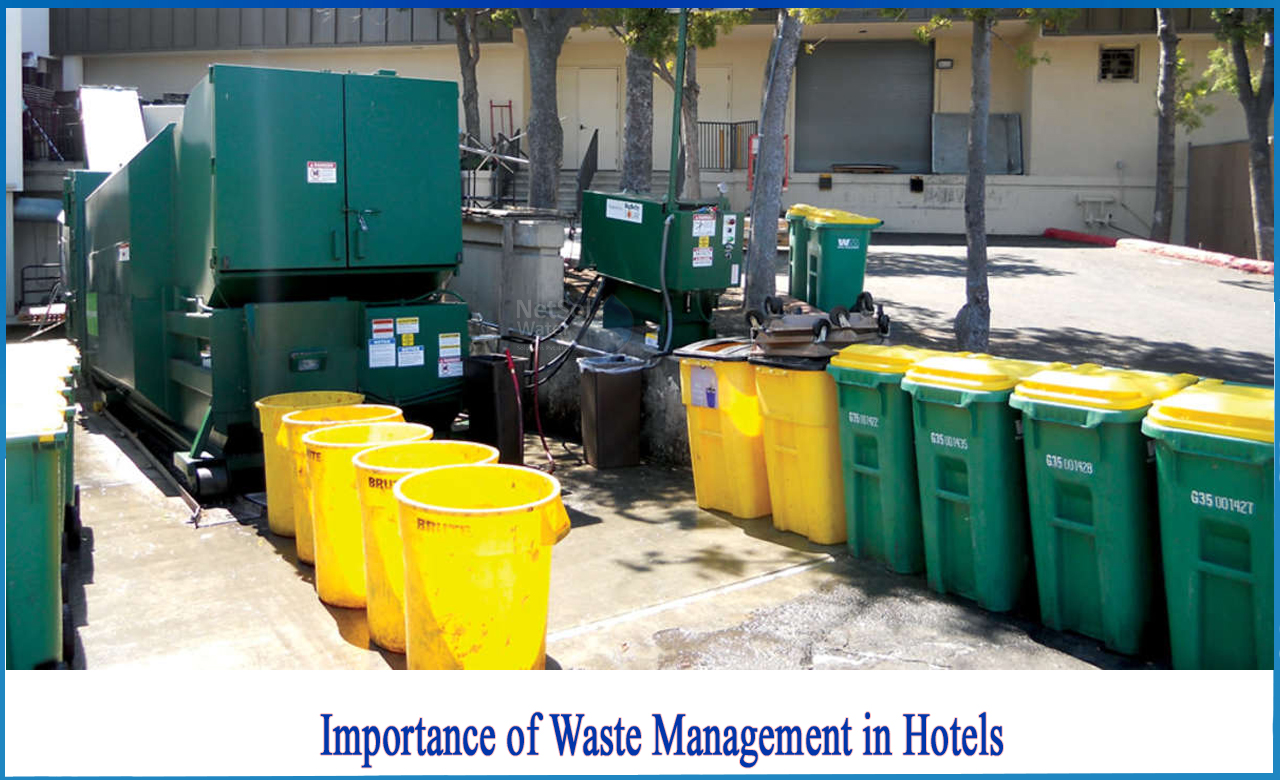The Single Strategy To Use For Reclaim Waste
The Single Strategy To Use For Reclaim Waste
Blog Article
The Ultimate Guide To Reclaim Waste
Table of ContentsFacts About Reclaim Waste RevealedEverything about Reclaim WasteNot known Facts About Reclaim WasteA Biased View of Reclaim WasteThe 10-Minute Rule for Reclaim Waste
Discover the types, events, and forms of liquid waste. Domestic sewage waste describes the waste and items from a domestic septic system. This kind of waste is created by humans in homes, institutions, and other structures. This only includes septic systems that have a drain area. The proper monitoring and disposal of residential sewer waste need liquid waste to be moved to a sewer therapy plant where the appropriate methods and equipment are put on purify and take care of waste.
Business waste commonly includes prospective hazards, such as flammable materials or a blend of liquid and strong waste products, and requires an extra innovative and comprehensive disposal process. The disposal of commercial waste normally entails the filtering of waste before transport to make sure risk-free and correct disposal. Industrial waste is created from results and overflow of commercial procedures and manufacturing.
This type of waste can not utilize the same sewage monitoring transportation or processes as septic or commercial fluids. The hazardous waste management process calls for the evaluation and screening of fluid waste before it goes through the disposal procedure (industrial wastewater treatment). Drainage waste is the fluid waste that originates from runoff and excess stormwater in extremely booming locations or cities
Overflow waste can trigger contamination and flooding if not managed appropriately. Making sure proper waste administration can prevent disasters and lower ecological injury.
The Only Guide for Reclaim Waste
Get in touch with PROS Services today to find out about our waste monitoring and disposal services and the proper ways to take care of the fluid waste you produce.
(https://pubhtml5.com/homepage/kwjac/)This supposed 'wastewater' is not just an essential resource but, after treatment, will be released to our land, rivers or the ocean. Used water from commodes, showers, baths, cooking area sinks, washings and industrial processes is recognized as wastewater.

water made use of to cool down machinery or clean plant and tools). Stormwater, a form of wastewater, is drainage that streams from farming and city locations such as roofs, parks, yards, roadways, courses and seamless gutters right into stormwater drains pipes, after rainfall. Stormwater flows neglected straight to neighborhood creeks or rivers, eventually reaching the ocean.
More About Reclaim Waste
In Queensland, the majority of wastewater is treated at sewer therapy plants. Wastewater is transported from domestic or industrial websites with a system of drains and pump stations, referred to as sewage reticulation, to a sewage therapy plant. City governments construct, maintain and run most sewer treatment plants. Operators are accredited under the Environmental Management Act 1994 to release treated wastewater at an acceptable ecological standard into waterways.
The Department of Natural Resources recommends neighborhood federal governments regarding handling, operating and preserving sewage systems and treatment plants. In unsewered areas, city governments may require homeowners to set up specific or household sewer therapy systems to deal with domestic wastewater from toilets, kitchens, washrooms and washings. The Department of Natural Resources authorises the use of home systems when they are proven to be efficient.
In some new neighborhoods, treatment of some stormwater to get rid of litter, sand and crushed rock has actually begun utilizing gross toxin catches. Wastewater treatment happens in four phases: Gets rid of solid matter.
Wastewater then streams right into huge containers where solids settle and are removed as sludge. Oil and scum are skimmed from the surface. Utilizes little living microorganisms called micro-organisms to damage down and remove staying dissolved wastes and great fragments. Micro-organisms and wastes are included in the sludge. Eliminates nitrogen and phosphorus nutrients that could trigger algal flowers in our rivers and endanger water life.
Not known Incorrect Statements About Reclaim Waste
Nutrient elimination is not available at all sewage treatment plants because it calls for costly specialised equipment. Clear liquid effluent produced after therapy might still have disease-causing micro-organisms - liquid waste disposal.

Many wastewater moves into the sewerage system. Under the Act, local federal governments carry out approvals and permits for eco pertinent tasks (Ages) including wastewater launches that may have a local effect.
Reclaim Waste Fundamentals Explained
Or else, examples are special info taken for research laboratory evaluation. Often many examinations are needed to establish the degrees of each of the different contaminants such as oils, heavy metals and pesticides in water. Monitoring offers valid details regarding water high quality and can verify that permit conditions are being met. The information obtained via monitoring supplies the basis for making water high quality choices.
Report this page